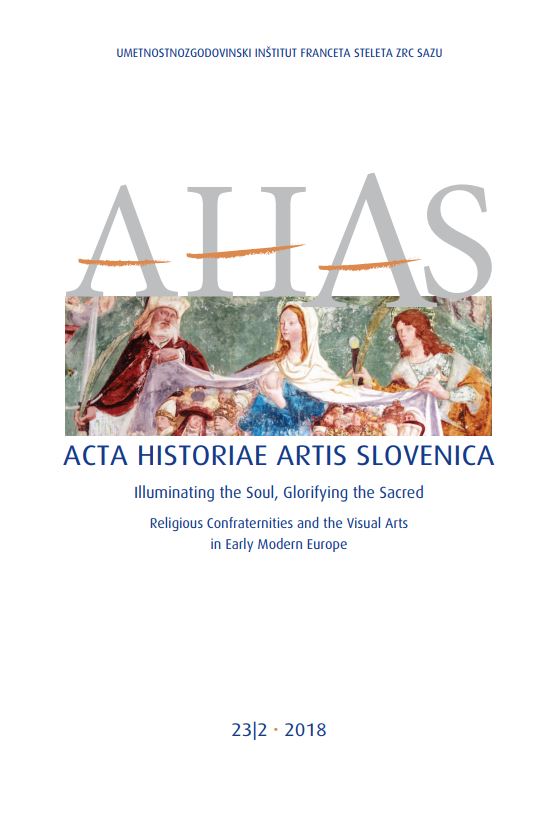Confraternities in Visitation Protocols and the Wiener Diarium Newspaper. Sources for the History of Early Modern Confraternities in Austria
DOI:
https://doi.org/10.3986/ahas.v23i2.7339Keywords:
confraternities in Austria, visitation documents, account books, Wiener Diarium/Wiener Zeitung, confraternitiesAbstract
Confraternities were widespread among the laity because of their multitude of functions. They were accessible to men and women, and served as insurance at the time of death, as banks, as performers of liturgical music, as patrons of church furnishings, etc. Looking at Austrian visitation protocols of the 16th and early 17th centuries, one can see that confraternities survived the Reformation with losses, but continuities from the Middle Ages to the early modern period are also visible. In Austria, the documentary sources of confraternities have not yet been sufficiently researched, especially from the point of view of finance and history studies. The digitization of early modern media opens new research areas as well—thus, confraternities were not only the commissioners of printed works, but also the subject of newspaper reports, as the example of the Wiener Diarium newspaper illustrates.
Downloads
Downloads
Published
How to Cite
Issue
Section
License
Authors guarantee that the work is their own original creation and does not infringe any statutory or common-law copyright or any proprietary right of any third party. In case of claims by third parties, authors commit their self to defend the interests of the publisher, and shall cover any potential costs.
More in: Submission chapter




